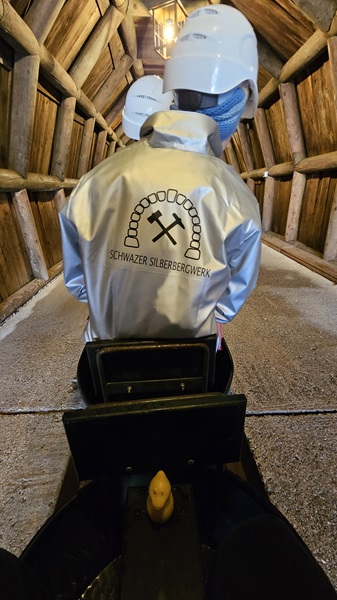
After we learned that Wittelsbacher King Ludwig II. made an extensive equestrian tour to the “Königskapelle Brennbichl” in the Inntal (river valley, Tirol), and to castle Ambras at Innsbruck we finally had to go there too. Also to visit the hotel in Innsbruck where to be King Otto I. of Greece stayed during his trip to Greece 17 years old, the poor boy „mei der arme Bua“ (quote uncle emperor Franz)
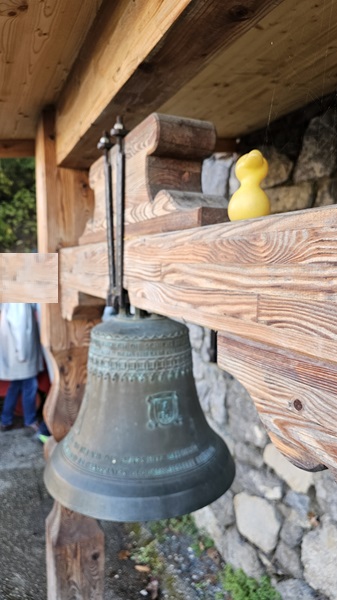
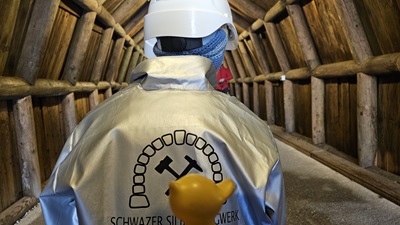
First, we stopped at the “Mother of all Mines”, the Siver Mine in Schwaz. Which provided for a lot of income for the Habsburger Dynasty. But also, for a lot of investments to get and keep the operation going. A lot of money had to be borrowed at the rich Businessmen in Augsburg and Nuremberg, the Fugger family and the Walser. In the 16’th century. The Businessmen were compensated by emperor Maximilian I. with grants to exploit the newly discovered South American continent. Slaves of course were needed to start that business. A win – win situation except for the slaves.
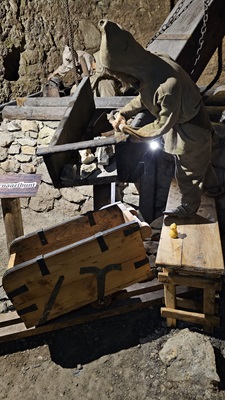
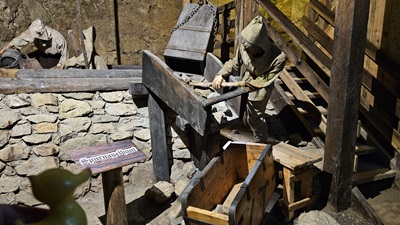
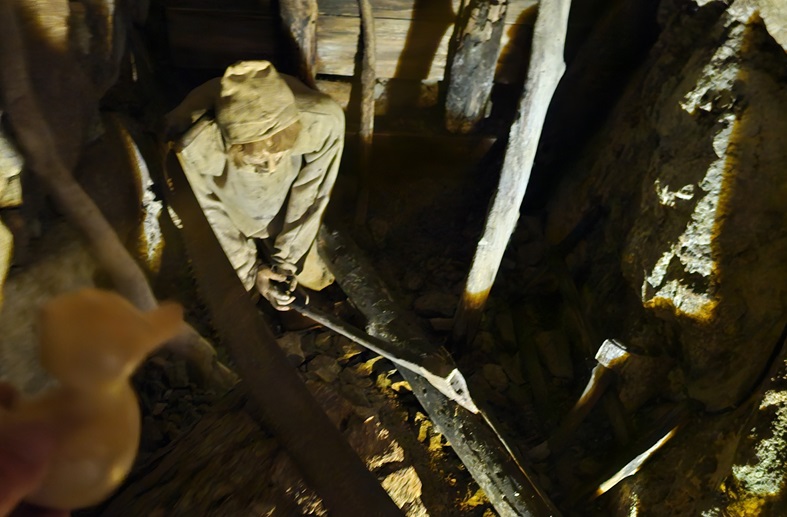
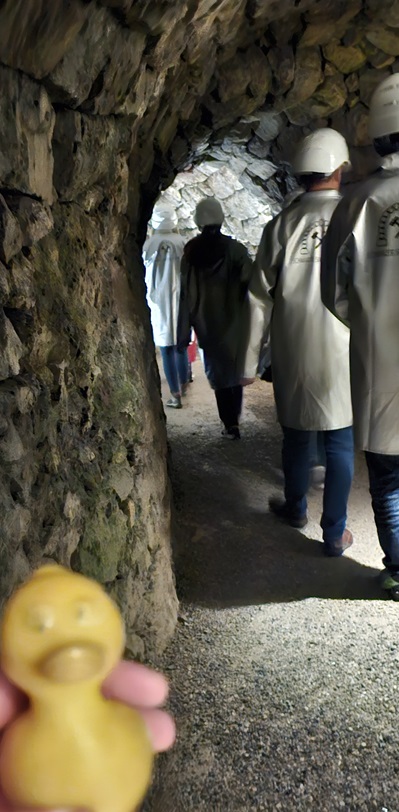

Mining had started before Maximilian by Siegmund the “Münzreiche” who coined new silver coins instead of using expensive gold from West-Africa. The Guldiners, the lingual mother of the Taler and the Dollar.
(Mali, Kongo)
More than half of the European silver came from that mine at that time. Tens of thousands of people worked for the mine. Not only in Swaz, just think about all the food which had to be provided for the hard-working miners. The wood, the machinery, the tool smiths.
Of course, most people were slaving for a very low income.
A lot of mining technology and knowledge was developed here. Like the “Wasserkunst” (art of using water to propel engines).
Swatz ist aller perckhwerck muater zwar
Davon nert sych ayn gar gross schar
Waterwheels can still be seen in the mine but watch your head. Even if you are equipped with a helmet during the tours. Sheila learned that she had to keep her beak in the mine because whistling like birds is considered bad luck by the miners. Whistling canaries were used as indicators of enough air in the mine. And nobody wanted to miss the missing sound when the birds kicked the bucket. So, nobody else should whistle in the mine to not fool the miners.
Working in the dusty, soggy mine shafts, carrying and tossing heavy buckets filled with gravel, caused a lot of lung and other diseases and the Union of the miners set up a sanatorium in Schwaz. As a kind of public health insurance. The patients would sit at the windows of the sanatorium to enjoy the clean mountain air to recover but sometimes “waren Sie weg vom Fenster” (were away from the window). After they kicked the bucket.
The town of Schwaz offers many sites too, like the “Fuggerhaus”, the headquater of the Fugger Family in Schwaz where the wealth was piled up. In a very impressive Alpine surrounding.
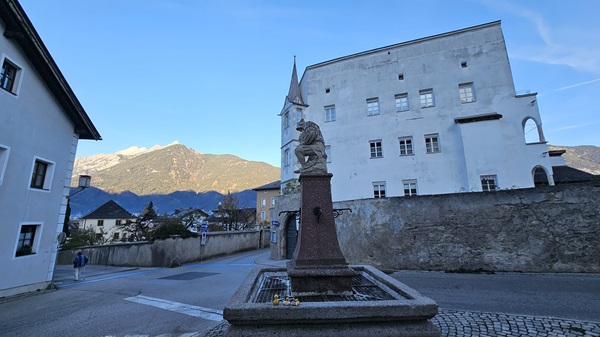
Pfarrkirche Maria Himmelfahrt, Gothic Style.
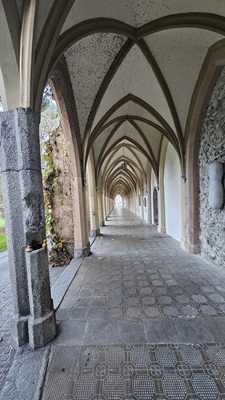

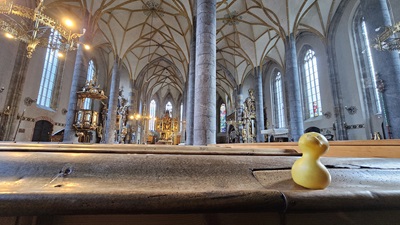
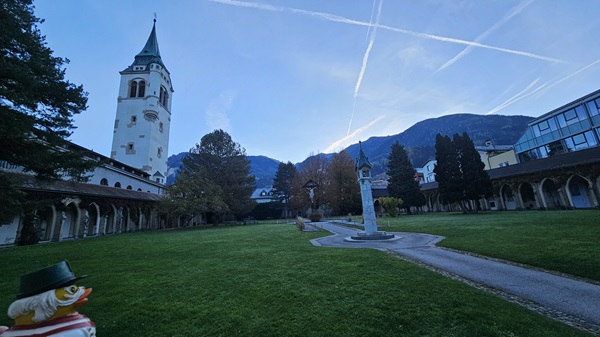
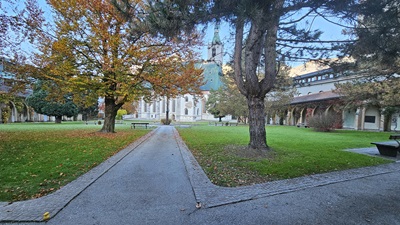
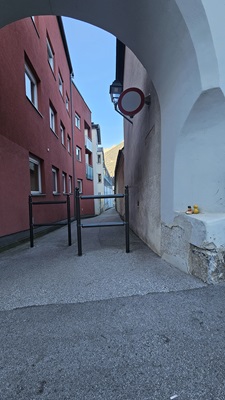
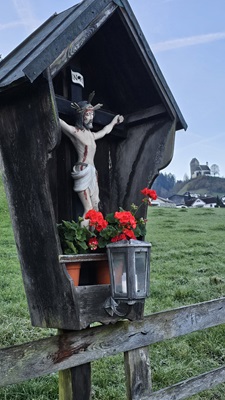
Austrian reward after the exhausting excursion.
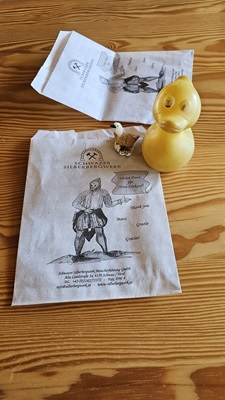
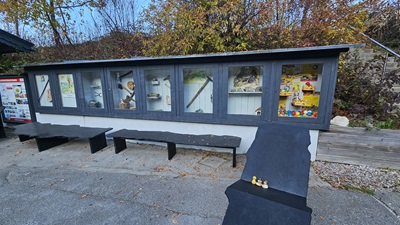
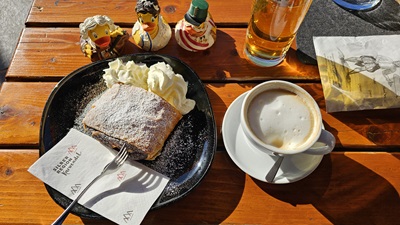
The toilets were nice and clean.
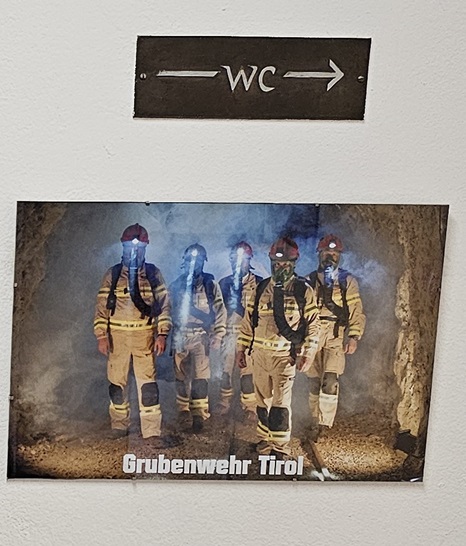
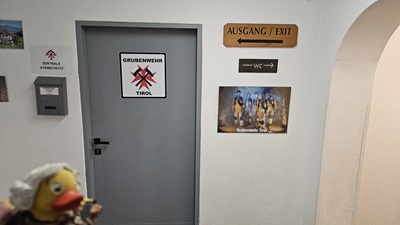
Bridge across the now contained dangerous Lahnbach (brook) which caused a lot of flooding in the past.
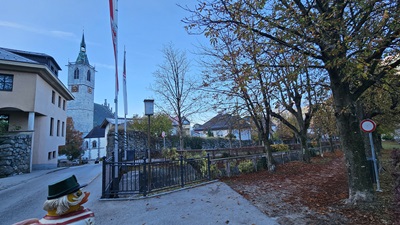
![]()